Still using the same push ads every time? 🤔
You might be losing clicks without knowing it. ❌
Push ads now come in many forms — some show right inside websites, others look like app alerts 📱 or even calendar reminders 🗓️.

Each type works differently, and using the right one can boost your results 📈.
Let’s quickly explore the main push ad formats 🔔 and which one’s best for your goal 🎯.
What Do You Mean By Pushad Format?
A push ad format refers to the way a push notification advertisement is displayed to users.
These ads are usually small messages that pop up on a user’s phone or desktop, even when they are not actively browsing a website.
Depending on the format, the ad can appear as a simple notification, a message inside a website, or even as a calendar alert. Each format is designed to catch the user’s attention in a slightly different way.

For example, some formats are better for mobile users, while others work well on desktop or for iOS devices.
Choosing the right push ad format helps advertisers reach the right audience more effectively and increase their chances of getting clicks.
Different Type of Push Ad Format
Here’s a more detailed and beginner-friendly explanation of the different types of push ad formats, explained in a way that’s easy to understand:
1. Classic Push Notifications
These are the traditional push ads most people are familiar with. They pop up on your phone or computer even when you’re not using a browser. These ads usually have:
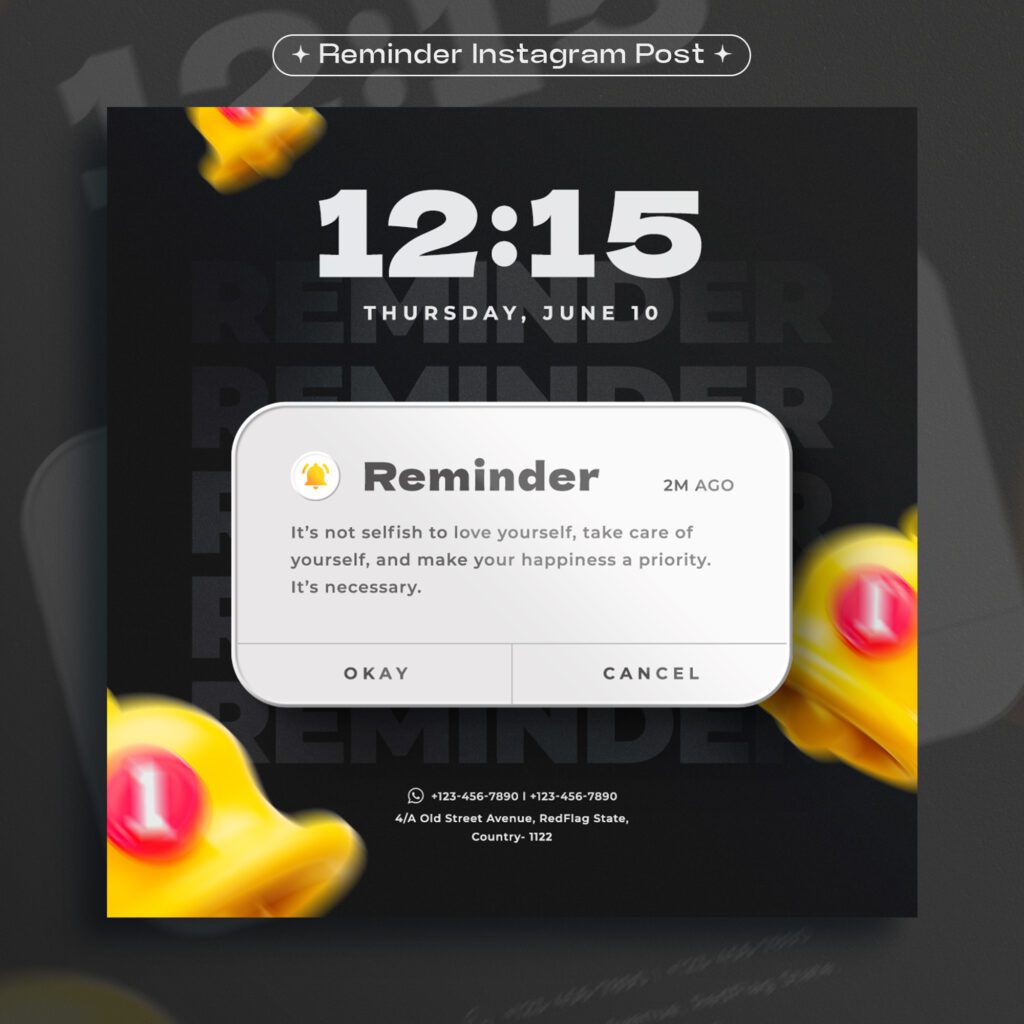
- A small icon (like a brand logo)
- A short title (the main message)
- A brief message (details of the offer)
- A link (that takes you to a website or landing page)
👉 Example: “🔥 50% Off Today Only – Click to Shop Now!”
Where it works: Only for users who have allowed push notifications on their device. Great for flash sales, urgent updates, or news.
2. In-Page Push Ads (IPP)
In-page push ads look almost the same as classic push ads—but they don’t need any subscription. These are shown directly inside a webpage, like a floating message or notification box.
👉 Why it’s useful:
- It works on iOS, which usually blocks classic push.
- You can show it to any visitor, not just subscribers.
Best for: Broad audience reach, especially on mobile websites.
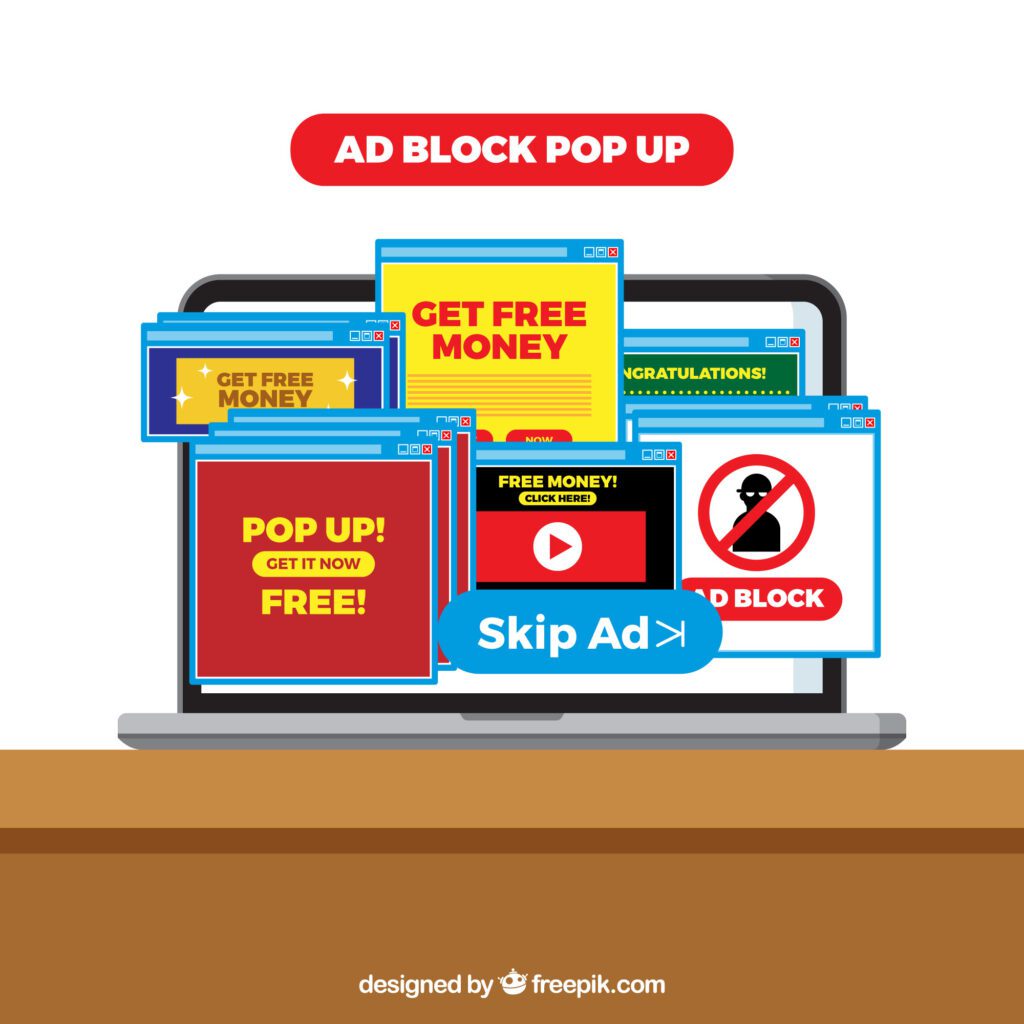
3. Rich Push Notifications
These are like the fancy version of classic push ads. They allow you to use:

- Big images
- Emojis to make the text more engaging
- Call-to-action buttons like “Buy Now” or “Watch Video”
👉 Why it works: Visually attractive and more interactive. Great for e-commerce ads or app promotions.
Example: A push ad for a fashion brand with a picture of a dress and two buttons: “Shop Now” and “See More Colors.”
4. Calendar Push Ads
These ads work by adding an event or reminder to a user’s calendar app. Once added, the calendar sends out notifications at the set time.

👉 Example: You add a “Free Webinar” event to the user’s calendar. On the day of the webinar, their phone reminds them about it.
Best for: Reminders, event promotions, countdown offers, webinars.
Pros:
- Less competition for attention
- Feels like a helpful reminder, not a sales pitch
5. Floating Push Widgets
This is a newer format where push messages appear like chat bubbles, slide-ins, or floating boxes on the screen while someone is browsing a website.
👉 Example: You visit a site and a small message pops up on the bottom corner saying, “💬 Grab 20% off – Limited Time!”
Why it’s great:
- Doesn’t block the main content
- Feels part of the website design
- Works well for special offers or support chat prompts
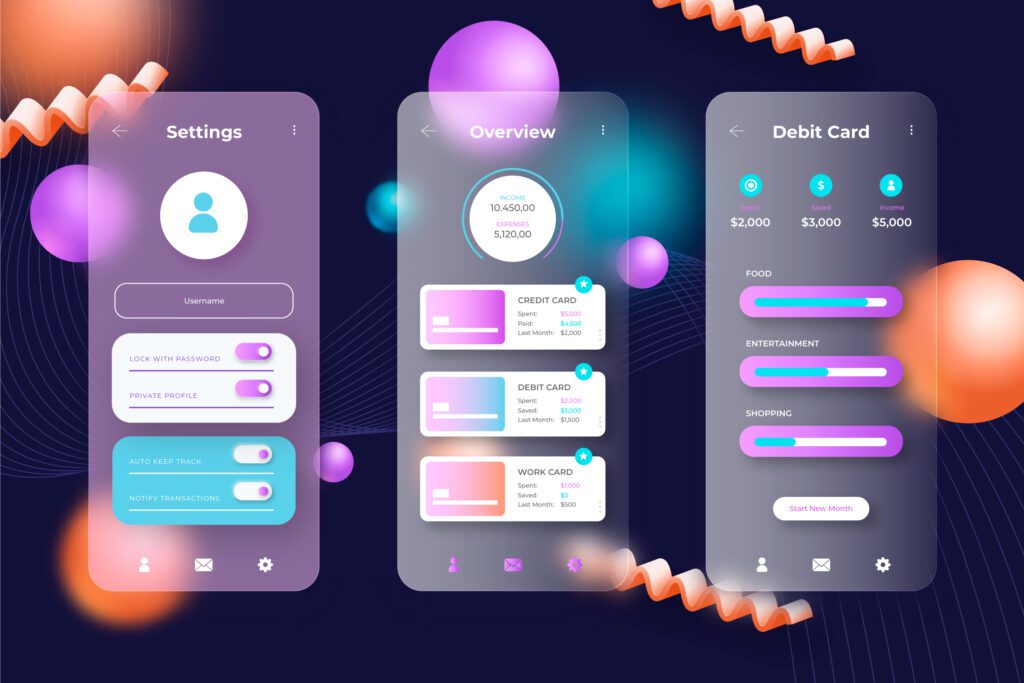
6. App Push Notifications
These are ads or messages sent directly through a mobile app you’ve installed. You don’t need to be using the app at that moment.

👉 Example: You have a food delivery app. At 1 PM, you get a push notification: “🍔 Hungry? Order Now & Get 20% Off!”
Best for: Keeping users engaged, promoting time-sensitive offers, reminding about cart items, or sending personalized deals.
Bonus: These can be highly targeted based on user behavior inside the app.
7. Standard Push Notifications
These are short, clickable ads that pop up on your phone or desktop even when you’re not on the website. They are sent through the browser after a user allows notification permission.
👉 Example: You visit a shopping site and allow notifications. Later, while browsing another site, a message pops up on your screen: “🎉 Mega Sale Today – Flat 50% Off on All Products!”
Best for: Sending quick alerts about discounts, flash sales, new blog posts, or reminders—even when the user is not active on your site.
Bonus: These are very cost-effective and deliver instantly, but they only work if the user has clicked “Allow Notifications” earlier.
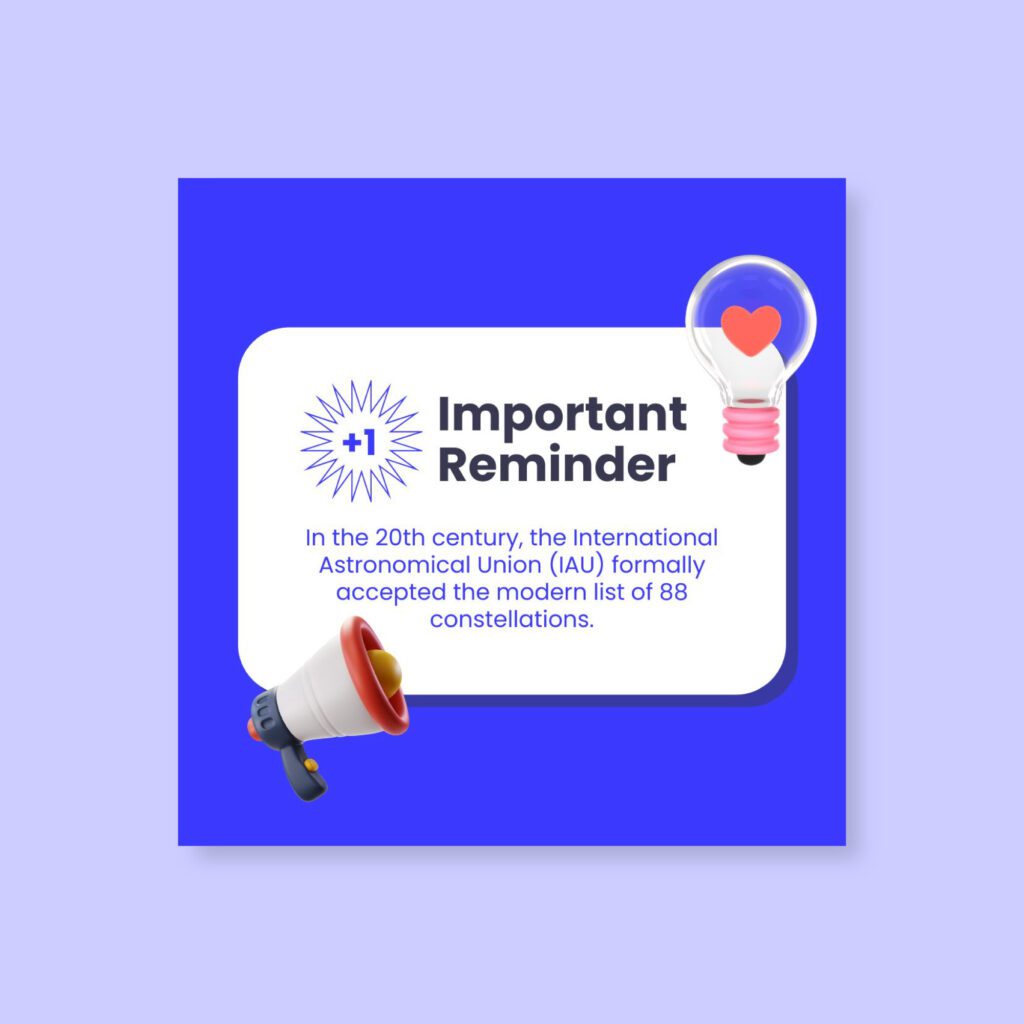
Why It’s Crucial to Understand and Choose the Right Push Ad Format
Here’s a more detailed and beginner-friendly explanation of why it’s important to have knowledge about different push ad formats, with 9 clear points
1. Choose the Right Format for Your Audience
Not all users are on the same device or browser. Some use Android, some use iOS, some are on desktops. Knowing which push ad format works best for each platform helps you deliver your message properly without missing any part of your audience.
2. Avoid Wasting Ad Budget
Using the wrong push format can result in poor performance. For example, sending classic push ads to iOS users won’t work, as iOS blocks them. If you don’t understand these differences, you might end up paying for ads that no one sees or clicks.
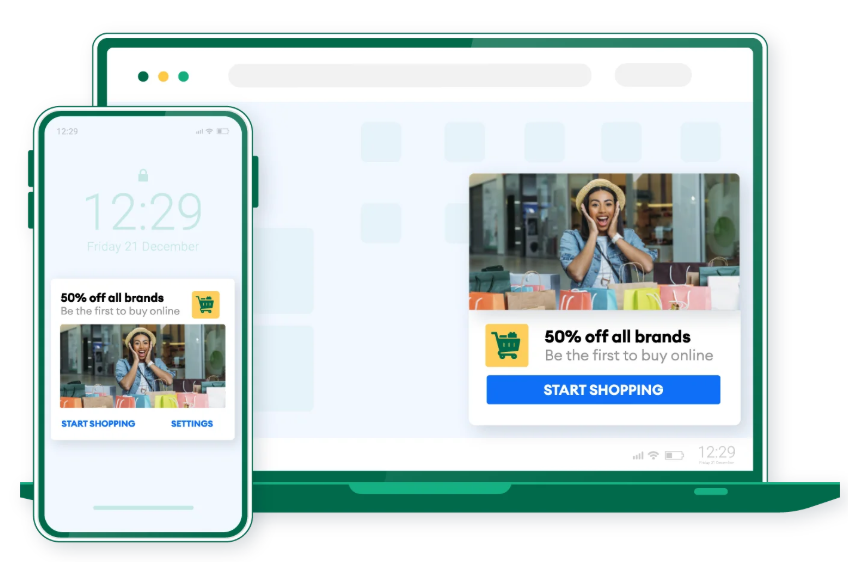
3. Improve Click-Through Rates (CTR)
When your message appears in the right format, at the right place, your chances of getting clicks are much higher. Formats like rich push or in-page push often perform better because they are more visible and engaging.
4. Reach Users on All Devices
Classic push ads don’t always work on all browsers or operating systems. But alternatives like in-page push and floating widgets can fill that gap. Understanding these options ensures your ad reaches users no matter what device they’re using.
5. Increase User Engagement
Some formats are more interactive—like rich push ads with buttons or images, or floating widgets that feel like chat bubbles. If you know when to use them, you can get more engagement and keep users interested in your offers.
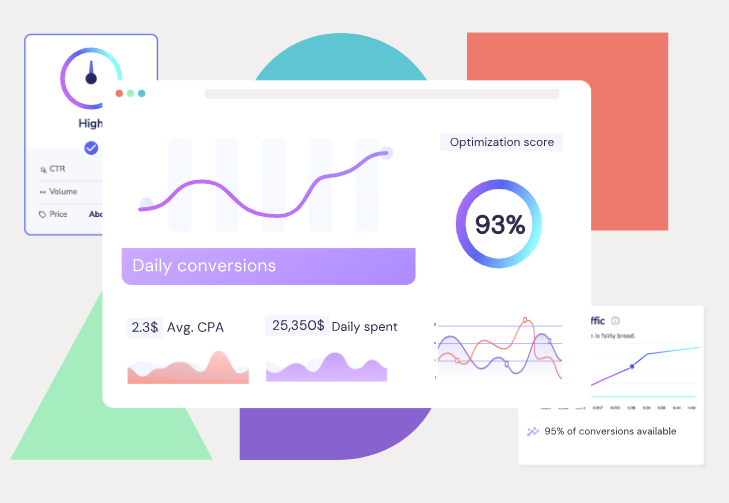
6. Match the Format to Your Campaign Goal
Every campaign has a purpose—some are for promotions, others for event reminders or app installs. Knowing the formats helps you pick one that matches your goal. For example, calendar push ads are great for reminding users about webinars or limited-time deals.
7. Deliver Timely Messages
Push ads are real-time, but only if you use the right format. Having this knowledge lets you schedule or trigger messages at just the right moment—like when a user abandons their cart or when a sale goes live.
8. Avoid Technical Issues
Some push formats have browser or permission limitations. For example, classic push needs user consent, but in-page push doesn’t. If you don’t know this, you might end up with delivery issues or low visibility.

9. Stay Ahead of Competitors
Most advertisers stick to basic formats because they don’t know better. If you understand all the push ad formats available, you can experiment with smarter strategies that give you an edge—like targeting iOS users or using floating push on landing pages.
Which Type is Best Suited For Whom?
Here’s a clear and simple breakdown of which push ad format is best suited for whom, based on use case, device type, and campaign goals:
1. Classic Push Notifications
Best suited for: Businesses targeting desktop and Android users who have opted in to receive notifications.
Use case: Flash sales, news alerts, time-sensitive promotions.
Industries: E-commerce, news media, affiliate marketing, digital services.
Why choose it: Offers real-time delivery and high visibility when the user is not on the website.
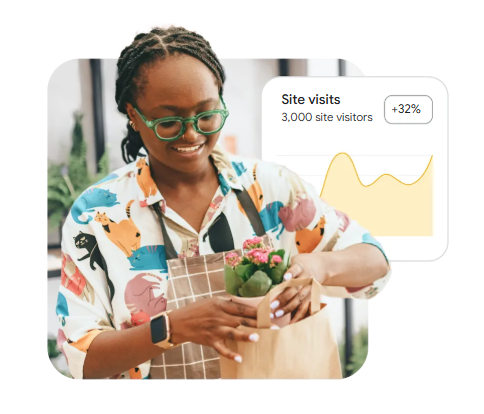
2. In-Page Push Ads (IPP)
Best suited for: Marketers looking to reach all visitors, including iOS users, without needing subscription permissions.
Use case: Broad awareness campaigns, traffic monetization, content promotions.
Industries: Content publishers, affiliate marketers, blogs.
Why choose it: Works across all devices and browsers, increasing ad reach.
3. Rich Push Notifications
Best suited for: Brands looking to run visually engaging campaigns that include images, buttons, or interactive elements.
Use case: Product promotions, app installs, retargeting campaigns.
Industries: Fashion, electronics, lifestyle, mobile apps.
Why choose it: Delivers higher engagement through richer content formats.

4. Calendar Push Ads
Best suited for: Businesses promoting scheduled events or time-based campaigns.
Use case: Webinars, countdown sales, product launches.
Industries: SaaS, online education, event marketing.
Why choose it: Delivers timely reminders through the user’s calendar, reducing competition for attention.
5. Floating Push Widgets
Best suited for: Website owners who want to keep users engaged during their visit without using intrusive pop-ups.
Use case: Discount alerts, lead generation forms, chat prompts.
Industries: E-commerce, SaaS, service providers.
Why choose it: Integrates seamlessly into website design and captures attention without disrupting user experience.
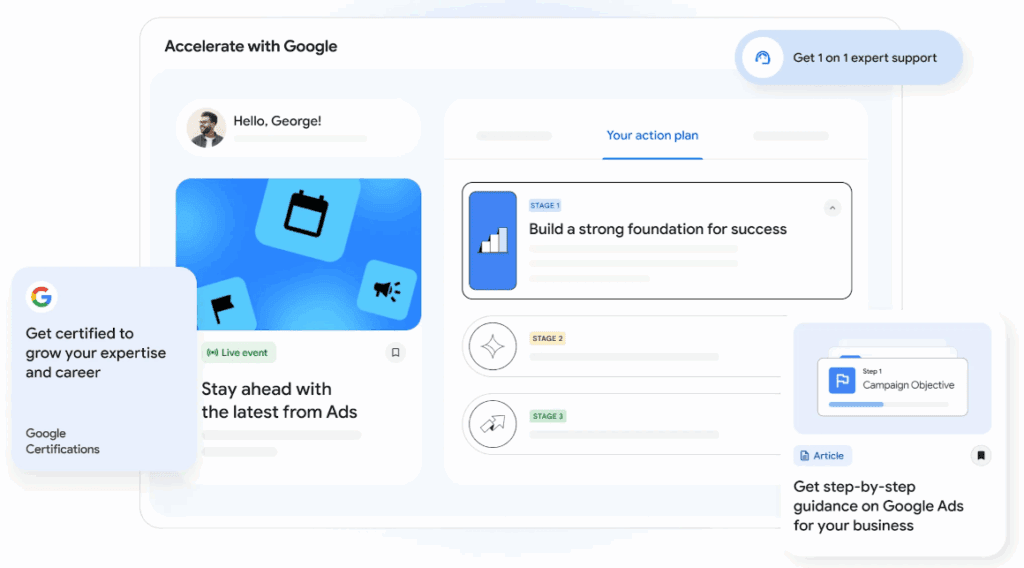
6. App Push Notifications
Best suited for: Businesses with their own mobile applications seeking to improve retention and user activity.
Use case: Cart abandonment reminders, personalized deals, re-engagement.
Industries: Food delivery, fitness, e-learning, fintech, gaming.
Why choose it: Allows highly targeted and personalized messaging based on in-app behavior.
7. Standard Push Notifications
Best suited for: Beginners or small businesses seeking a cost-effective way to deliver messages to users who have opted in.
Use case: Blog updates, simple offers, general announcements.
Industries: Blogs, small websites, local businesses.
Why choose it: Simple to set up and maintain, ideal for basic marketing needs.

Mistakes to Avoid While Choosing Any Ad Format
Here are the top mistakes to avoid while choosing a push ad format, explained in a simple and professional way:
1. Ignoring Device Compatibility
Not all formats work on every device. For example, classic push notifications don’t work on iOS Safari. If you choose the wrong format, you may lose a large part of your audience.
2. Choosing Only One Format for All Campaigns
Each format serves a different purpose. Using just one format for every campaign limits performance. A mix of classic, in-page, and rich push can give better results.
3. Not Considering User Permission Requirements
Some formats (like classic push) need the user to opt-in. If you’re targeting a fresh audience with no subscriptions, in-page push or floating widgets would be better.
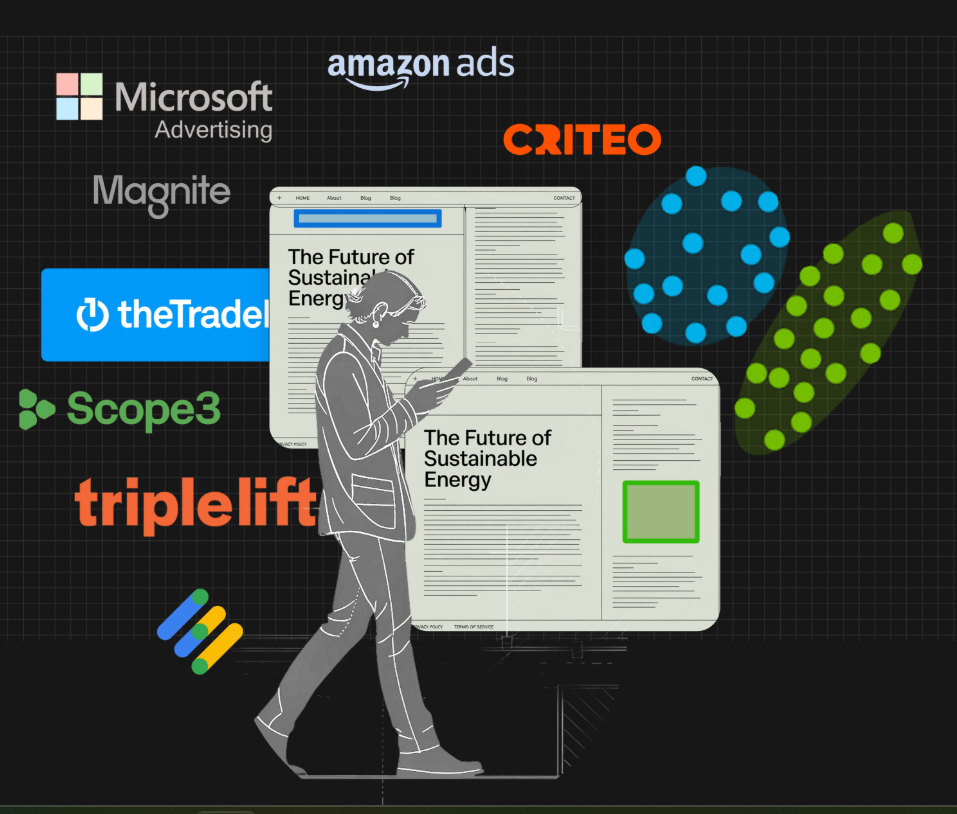
4. Overlooking the Nature of Your Offer
Simple offers can use classic push, but for product launches or visuals-heavy deals, rich push is more suitable. Choosing the wrong format weakens the impact of your message.
5. Not Matching Format to Campaign Goal
If your goal is to drive webinar attendance, calendar push ads are more effective. If you want to engage active site users, floating widgets work better. One-size-fits-all doesn’t work in push advertising.
6. Skipping A/B Testing Across Formats
Many marketers test only the message, not the format. But testing different formats can reveal what truly works best for your audience.
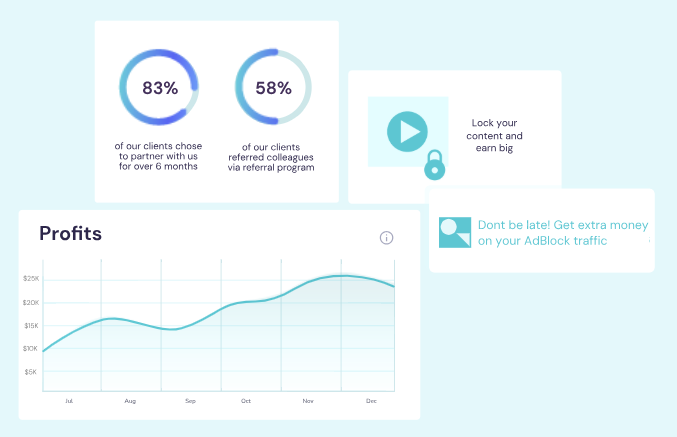
7. Forgetting About User Experience
Some formats like floating widgets can disrupt browsing if overused or poorly placed. Always balance visibility with a good user experience.
8. Ignoring Platform Limitations
Not every ad network supports all formats. Choosing a format without checking if your push traffic source allows it can lead to wasted setup time or limited reach.
Final Verdict
Choosing the right push ad format is not just about sending messages—it’s about sending the right message to the right user in the right way.
With various formats like classic push, in-page push, rich push, calendar-based alerts, and app notifications, each serves a specific purpose and audience type.

Understanding these differences helps you reach more users, improve engagement, and get better returns on your ad spend.
By avoiding common mistakes and aligning your format choice with your campaign goals, you can make your push marketing strategy more effective, user-friendly, and result-driven.
Frequently Asked Questions
1. Can I use multiple push formats in one campaign?
Yes, combining formats helps reach more users and boosts performance.
2. Does traffic source affect format choice?
Yes, not all networks support every format—always check before starting.
3. Do formats impact ad approval rates?
Yes, some formats like in-page push are more ad-friendly than others.
4. Are there character limits in push ads?
Yes, each format has specific limits for title and message length.
5. How do I track which format works best?
Check platform analytics for CTR, conversions, and engagement per format.
